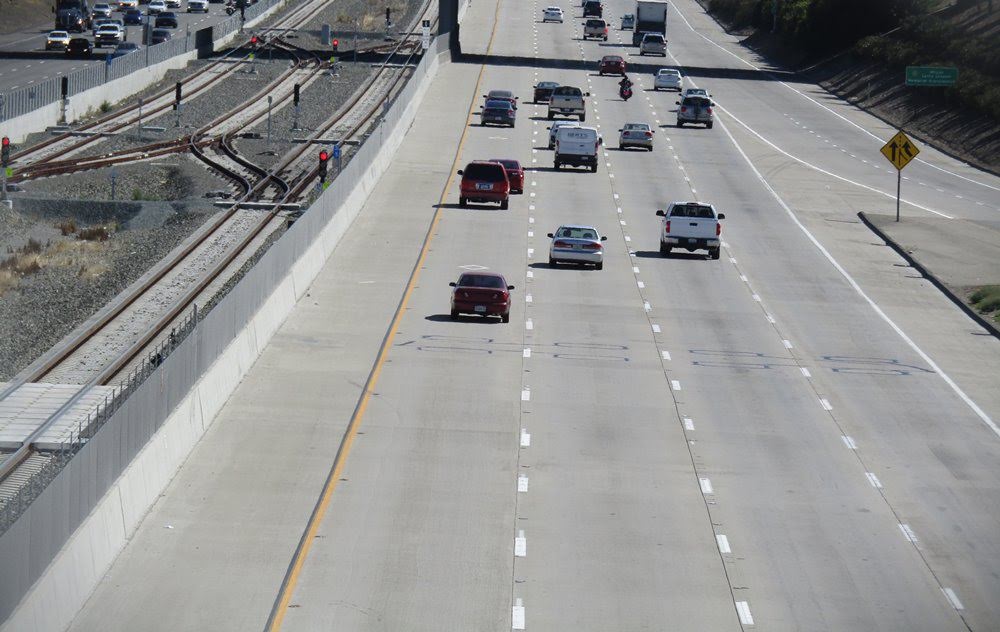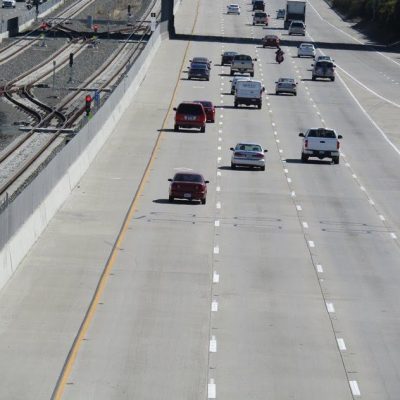
Hit‑and‑run accidents on I‑81: What victims should do


Hit-and-run accidents on Interstate 81 create serious risks for drivers and passengers. Victims often face confusion, stress, and unanswered questions. These crashes can leave people with injuries, medical bills, and property damage. When the at-fault driver flees, the situation becomes even more difficult.
This article helps victims understand their options after a hit-and-run on I-81. It explains what steps to take and what rights you may have. You will also learn how law enforcement and insurance companies handle these cases. So, if you or someone you know experienced a hit-and-run on I-81, this guide is for you.
Common Injuries in Hit and Run Cases
Hit-and-run accidents on I-81 often leave victims with serious injuries that range from mild to life-threatening.
Whiplash and soft tissue damage are common, as the sudden force of impact can strain the muscles and ligaments in the neck and back. Broken bones are also frequent, with arms, legs, ribs, and hips at particular risk in high-speed collisions. Head injuries, including concussions and traumatic brain injuries, may occur when a victim’s head strikes a steering wheel, window, or seat.
In more severe cases, spinal cord injuries can result in partial or total paralysis. Internal injuries are another grave concern, as organs such as the lungs, liver, or spleen can sustain damage that requires emergency treatment. Victims may also suffer from cuts and bruises caused by broken glass or sharp metal fragments, which sometimes lead to permanent scarring.
Because the at-fault driver flees, victims may experience delays in receiving medical attention, making injuries worse. Doctors should quickly evaluate even seemingly minor symptoms, like dizziness or stiffness, to protect both health and potential legal claims
First step: Seek Immediate Assistance
After a hit-and-run crash on I-81, the very first step victims should take is calling 911. This action does more than just bring emergency services to the scene: it sets the foundation for every legal and medical step that follows.
When dispatchers receive the call, they send police officers, paramedics, and sometimes even fire rescue, depending on the severity of the collision. Law enforcement can begin their investigation right away, interviewing witnesses and securing evidence before it disappears.
Emergency responders also assess injuries on the spot, providing immediate care and arranging transport to a hospital if needed. Importantly, the police will create an official accident report. This document becomes a cornerstone for insurance claims and any future legal action, as it provides a neutral, time-stamped record of what occurred. Without this report, proving the crash and its consequences becomes significantly harder.
Second Step: Seek Medical Attention
The next critical step after a hit-and-run accident is to seek medical attention right away, even if injuries initially appear minor. Many accident-related injuries, such as concussions, internal bleeding, or soft tissue damage, may not show symptoms immediately but can worsen over time if left untreated. Visiting a doctor or emergency room ensures that victims receive a thorough evaluation and prompt treatment, reducing the risk of long-term complications.
Medical records created during this process also play a vital role in any legal or insurance claim. They serve as clear proof that the accident caused harm, documenting the nature of the injuries and the treatment required.
Victims should make a habit of keeping copies of all medical documents, including hospital bills, physician notes, diagnostic test results, and prescribed treatment plans. These records not only help illustrate the physical and financial impact of the accident but also establish the full extent of damages when negotiating with insurance companies or presenting evidence in court..
Third Step: Notify Insurance Promptly
After receiving medical care, victims should contact their insurance company as soon as possible to report the hit-and-run accident. Most policies require victims to file claims within a certain period, making timely notification essential to avoid complications or denial of coverage.
Many auto insurance policies include uninsured motorist (UM) or underinsured motorist (UIM) coverage, which is designed to protect drivers when the at-fault party cannot be identified or does not have sufficient insurance. This coverage can provide compensation for medical expenses, lost wages, and other damages resulting from the crash.
When speaking with an insurer, it is important to provide accurate details about the incident, such as the time, location, and any information gathered about the fleeing vehicle. Victims should also share the police report number, as this adds credibility to the claim.
However, they must avoid speculating about who was at fault or making statements that could later be used against them. Insurance adjusters may try to minimize payouts, and assumptions about liability can weaken a claim. For this reason, many victims choose to consult with a personal injury attorney before giving formal statements, ensuring their rights remain protected throughout the claims process.
Fourth Step: Consult with an Attorney
One of the most important steps after a hit-and-run is consulting with a personal injury attorney. These cases can be legally complex, and having an experienced lawyer ensures that victims understand their rights and the options available to them.
An attorney acts as a strong advocate, handling communications with insurance companies and protecting clients from low settlement offers that fail to reflect the true cost of their injuries. They also know how to gather and present evidence, whether through police reports, medical documentation, or witness testimony, to build a strong claim for compensation.
Compensation in hit-and-run cases may cover a wide range of damages. Victims may be entitled to payment for hospital bills, ongoing treatment costs, and lost wages from time missed at work. They can also seek compensation for non-economic damages, such as pain and suffering, emotional distress, and reduced quality of life.
In addition, property damage, such as the repair or replacement of a vehicle, may also be recovered. If law enforcement is able to identify and apprehend the hit-and-run driver, an attorney can pursue civil action against them and hold them directly accountable for the harm they caused.
Because time limits apply to filing injury claims, it is crucial not to delay seeking legal advice. An attorney familiar with I-81 accidents understands the unique challenges of cases involving interstate traffic and can move quickly to preserve evidence before it is lost.
If you or a loved one has been injured in a hit-and-run on I-81, don’t face the aftermath alone. Contact a proficient I-81 personal injury lawyer today to discuss your case, protect your rights, and take the first step toward securing the justice and compensation you deserve.

